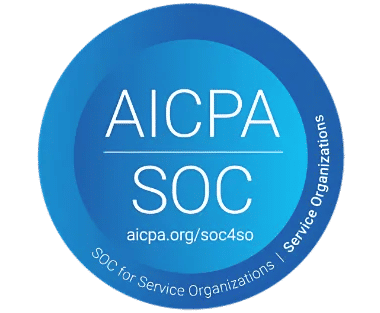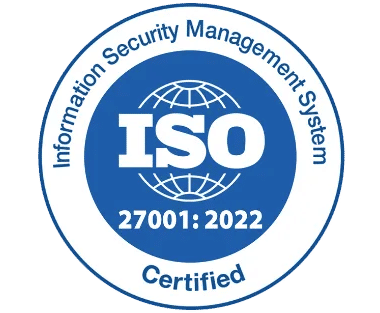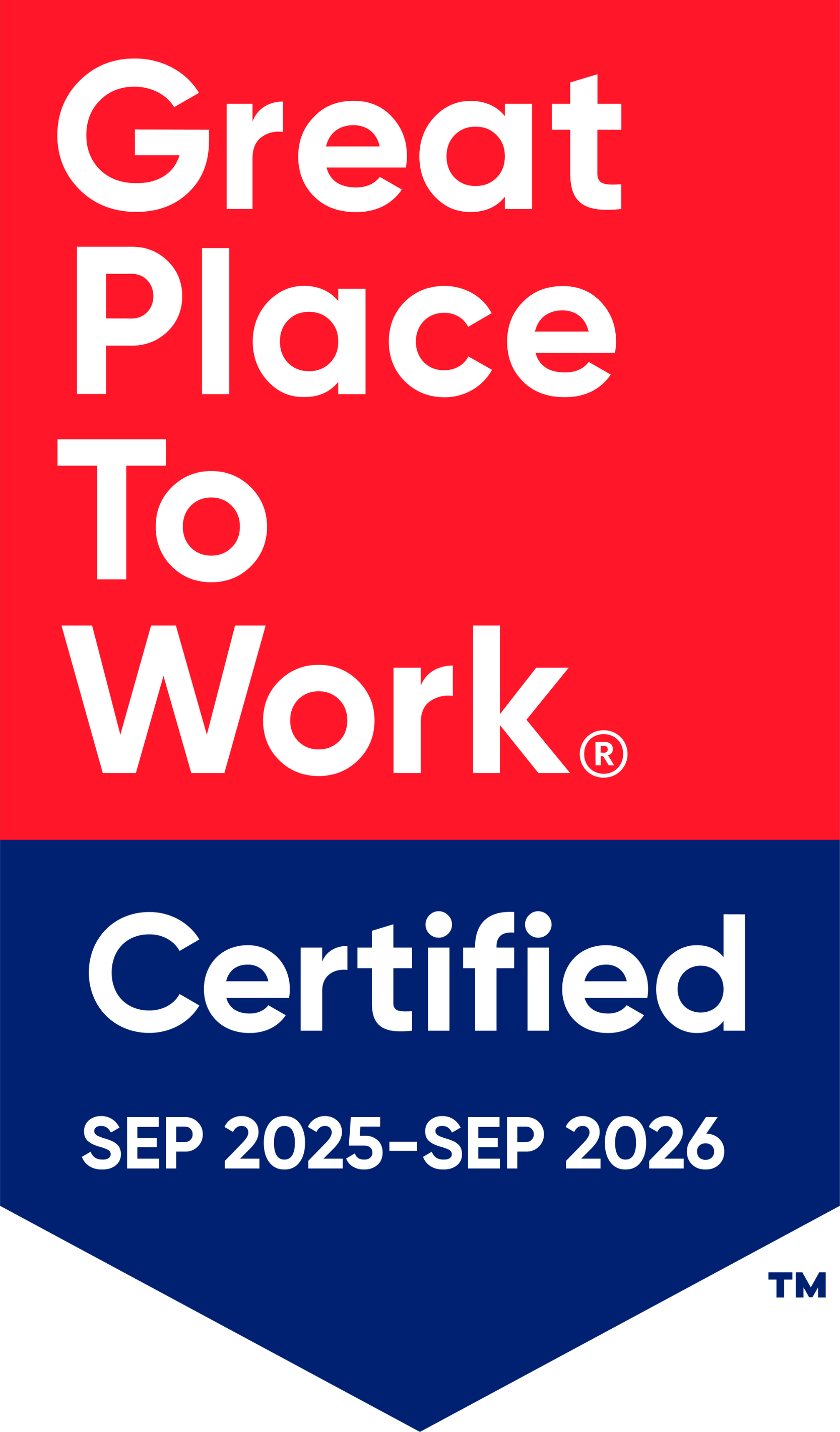Contract Renewal Process: Ultimate Guide For Businesses 2025

The final step is where the smart moves happen. While much attention is given to the early phases of an agreement, the closing stage presents a critical opportunity for strategic review and improvement.
This is where contract renewal process acts as strategical advantage for business. Rather than treating this as a routine formality, leading organizations use it to reassess terms, performance, and alignment with current objectives. Even minor shifts in pricing, deliverables, or expectations can significantly impact outcomes financially and operationally.
A structured and thoughtful review process ensures that what was once effective remains relevant. It allows businesses to identify inefficiencies, renegotiate on stronger terms, and ensure that all commitments reflect present-day priorities.
In this blog, we will explore best practices that enhance workflow efficiency and help drive business growth.
What Is Contract Renewal Process?
The contract renewal process is a systematic approach business follow to evaluate, update the existing agreements before they expire. It begins with a thorough review of the contract to assess whether the terms, pricing, and performance continue to align with the organization’s goals. This is followed by an internal evaluation of business needs, identifying areas that may require renegotiation or improvement.
When Do Contracts Get Renewed?
- Contracts usually come with a set time frame, such as six months, one year, or more. When this period ends, the contract may be up for renewal.
- Some contracts renew automatically unless one of the parties decides to end it before a specific date. This is often mentioned as part of the agreement.
- The renewal date is the point when a decision needs to be made whether to continue, update, or stop the agreement.
- If no action is taken, the contract may simply continue with the same terms for another cycle.
- In other cases, both parties may need to agree again to move forward, especially if changes are required.
- It’s important for businesses to keep an eye on these dates so they have enough time to review what’s working and what’s not.
What Happens During the Contract Renewal Process?
It involves a series of steps and considerations aimed at continuing the agreement smoothly, while ensuring it remains cost-effective and aligned with current business goals. Here’s a breakdown of what this process typically includes
1) Reviewing the Existing Contract
Teams begin by carefully reviewing the current contract. They look at pricing, deliverables, service levels, and performance history. This step helps identify what has worked well and what could be improved going forward.
2) Internal Stakeholder Consultation
Before making any decisions, input is gathered from relevant stakeholders across departments such as legal, finance, procurement, compliance, and operations. Each team brings its perspective on how the contract has performed and whether any issues, inefficiencies, or gaps need to be addressed in the renewal.
3) Performance Evaluation
Evaluating the performance of the vendor or service provider is a critical step. This involves analysing whether expectations were met, how responsive and reliable the partner has been, and whether the value delivered matches the terms of the agreement. Data such as KPIs, customer support tickets, delivery timelines, and quality benchmarks are reviewed to make informed decisions.
4) Reassessment of Business Needs
As business priorities and market conditions change, it is essential to reassess whether the existing contract still meets current needs. This might include evaluating if additional services are required, if the volume of services needs to be scaled up or down, or if new technologies or processes should be integrated into the renewed agreement.
5) Negotiation and Amendments
Once the contract has been reviewed and assessed, the contract negotiation phase begins. This is where both parties come together to revisit the terms and ensure the agreement continues to reflect current needs and expectations. If there have been shifts in pricing, service levels, timelines, or responsibilities, this is the time to discuss them.
Adjustments might be made to align the contract with new business goals, updated market conditions, or improved operational capabilities. When both sides agree on the changes, they are formalized through contract amendments official updates to the original document that maintain the relationship while incorporating necessary revisions.
This stage not only strengthens the agreement but also supports long-term collaboration by promoting clarity, transparency, and mutual understanding.
6) Legal and Compliance Check
Before finalizing the renewal, the contract is carefully reviewed to ensure it remains legally valid and compliance are managed with any updated laws or industry regulations. This step helps prevent potential legal issues and ensures the agreement continues to meet both internal policies and external requirements.
7) Documentation and Sign-off
After both parties agree on the updated terms, the revised contract is formally drafted. Legal teams review the document for accuracy and completeness before it is signed. Once contract is signed it becomes official, and all related documentation is securely stored for future reference and audit purposes.
8) System and Calendar Updates
Following the renewal, key details such as the new expiration date, updated terms, and obligations are entered into the process, internal trackers, or calendars. This ensures visibility across teams, helps monitor performance, and keeps everyone prepared for the next renewal cycle.
Why Does the Contract Renewal Process Matter?
Contract renewal is often treated as a routine administrative task, but it is a strategic moment that can impact nearly every area of your business. It is a chance to reassess, realign, and reinforce the agreements that support your operations. Done right, contract renewal becomes more than a checkbox it becomes a competitive advantage.
1) Maintains Business Continuity
At the heart of every successful organization lies consistency and contract renewal process help preserve it.
They make sure services continue without delay, supplier relationships remain steady, and teams experience minimal disruption.
Whether it is a key vendor, a service provider, or a collaborative partner, timely renewals mean that momentum is never lost. Business continues seamlessly, supported by predictable deliverables, timelines, and expectations.
2) Aligns Agreements with Evolving Business Needs
No business stands still. As goals shift, strategies evolve, and markets transform, the need to reassess existing agreements becomes essential.
Renewal of contracts presents a valuable opportunity not just to extend an agreement, but to ensure it continues to align with the organization’s current direction and future ambitions.
Rather than starting from scratch, renewal acts as a strategic checkpoint. It allows teams to re-evaluate deliverables and refine pricing models all within a familiar framework.
Renewals also allow for alignment with updated business needs. Whether it is scaling a service, improving turnaround times, or introducing new performance metrics, renewal enables continuous improvement without disrupting ongoing partnerships.
3) Enhances Relationship Management
In business, trust is earned, not assumed. And nothing reinforces trust like a partnership that continues to deliver. Renewing a contract formalizes that shared commitment it is a sign that both parties recognize the value of the relationship and want it to grow stronger.
More importantly, a renewal opens the door to meaningful conversations. It invites dialogue on what’s working, what can be better, and how both sides can elevate the way they work together.
When this process is done right it strengthens transparency and builds momentum. It helps teams stay aligned not just in service, but in vision. Over time, these moments of recommitment create partnerships that go beyond transactional they become reliable, long-term collaborations that drive sustained value and growth.
4) Reduces Administrative and Legal Risk
A structured contract renewal process minimizes the chances of encountering a legal issue by keeping agreements active, compliant, and up to date.
It ensures critical timelines are not missed, obligations are continuously met, and terms remain aligned with current business practices.
This not only streamlines workflows but also strengthens legal and administrative confidence across the board.
5) Supports Long-Term Strategic Planning
Every renewal presents an opportunity to pause and analyse the methods. It is a time to consolidate overlapping vendors, upgrade outdated service models, and plan investments around new tools or technologies.
Rather than operating in maintenance mode, organizations that treat renewals as strategic moments can recalibrate their partnerships to reflect evolving business goals.
This is not about paperwork. It is about purpose. A well-planned renewal aligns internal stakeholders, sharpens forecasts, and ensures every agreement in place supports the direction your business is heading not just where it has been.
Challenges In the Contract Review Process
After understanding its importance, it is essential to look at the challenges in the contract renewal process to help avoid delays, gaps, or missed opportunities.
1) Lack of Centralized Visibility
One of the most common roadblocks organizations faces is simply knowing when a contract is due for renewal. With multiple departments handling various agreements, and documents often stored in different locations spreadsheets, emails, desktops or it is easy for important renewal dates to go unnoticed. Using centralized contract repository system helps to store all the documents in one place.
2) Misalignment with Evolving Priorities
A contract that was perfectly aligned with your goals a year ago may no longer serve your current direction. Over time, product offerings grow, services evolve, team structures change, and customer expectations shift.
If these changes are not factored into the renewal process, you may end up locked into terms that no longer bring the same level of value or flexibility. Adapting a contract to your present-day needs is crucial but not always straightforward.
3) Lack of Stakeholder Involvement
Contract renewal process often requires input from multiple functions legal, finance, operations, procurement, and sometimes IT or marketing. But when there’s no clear communication or shared ownership, teams may work in silos, unaware of each other’s needs or timelines. This misalignment can delay decision-making, introduce confusion, and ultimately reduce the efficiency of the process.
4) Lack of Performance Data to Justify Values
Many times, contracts are renewed on routine or assumptions rather than actual performance analysis. Without concrete data on what the vendor or partner has delivered, teams may struggle to assess whether the value promised was truly delivered.
This makes it harder to enter renewal discussions with clarity, or to renegotiate terms that better reflect the actual results achieved.
5) Inconsistent Process Across the Organization
Every renewal process should ideally follow a well-defined process with checklists, standard timelines, and approval workflows. However, different teams or departments may follow their own informal processes.
This inconsistency can lead to important steps being skipped such as legal review, benchmarking, or internal discussion which increases the risk of unfavourable terms being accepted without proper scrutiny.
Best Practices for Effective Contract Renewal Process
Having explored the challenges, let us now look at the best practices that can make the contract renewal process more efficient
1) Plan and Be Clear with Timelines
Starting the renewal process 60-90 days before the contract expires earlier for more complex agreements creates a smooth and efficient path forward.
This early preparation allows both parties to thoroughly review the relationship, analyse performance, and gather key data, such as market trends, without the pressure of a looming deadline.
By setting clear milestones such as completing the first draft by week two or finalizing negotiations by week six momentum is maintained throughout the process.
Planning ahead not only enhances professionalism but also builds mutual respect, reduces stress, and ensures a stronger, more successful partnership moving forward.
2) Evaluate and Update Key Terms
Take a detailed look at the existing contract and analyse its terms critically. By addressing key points, you can make adjustments that align with the current business process.
The goal is to ensure the renewal is not just a repeat of the original agreement but a dynamic, updated document that reflects both the lessons. The aim is to create a renewed contract that serves all parties better in the next term.
3) Keep Communication Transparent
Approach the renewal process as a partnership, not a one-sided decision. Initiate early discussions with the other party schedule a meeting or call to openly share your thoughts and expectations for the renewal.
Clearly articulate why you’re proposing certain changes and actively encourage their feedback. By fostering transparency from the outset, you create an atmosphere of trust and collaboration.
Open dialogue ensures clarity, reduces the potential for misunderstandings, and lays the foundation for a strong, lasting partnership.
4) Set a Clear Renewal Timeline
Establish a definitive deadline for finalizing the renewal agreement. A clear timeline helps maintain focus and momentum throughout the process, ensuring both parties stay on track.
This deadline signals a commitment to professionalism and helps prevent delays, allowing ample time for thorough review and any necessary adjustments.
5) Document Every Step of the Process
Meticulously record all discussions, agreed-upon changes, and final terms throughout the renewal process. A properly organized documentation trail serves as a valuable safeguard.
This approach not only fosters trust but also streamlines future negotiations, making them more efficient and transparent.
6) Conduct Vendor Performance Reviews Before Renewal
Before you even think about renewing a contract, take the time to thoroughly review the vendor’s performance. This evaluation should encompass service delivery, quality standards, and overall reliability.
Are they meeting the expectations set out in the original agreement? Are there areas for improvement? This performance review not only strengthens your negotiating position but also ensures you are getting the value promised in the contract. It provides the leverage needed to renegotiate terms.
7) Leverage Automation for Efficient Renewals
With contract automation, you can streamline the renewal process by eliminating manual tasks and ensuring deadlines are met.
Automation allows you to track contracts, set reminders, and generate documents accurately, all while freeing up your team to focus on strategic decision-making.
This efficient approach not only saves time but also enhances accuracy and reliability, making your renewal process smoother and more reliable.
How CLM 365 Helps To Improve Contract Renewal Process
CLM 365 simplifies the contract renewal process by providing automated notifications that keep stakeholders, contract managers, legal teams, and key stakeholders informed.
These timely reminders ensure that renewal actions are taken promptly, helping to prevent missed deadlines and ensuring that everyone involved stays aligned.
With CLM 365, the renewal process becomes more efficient, organized, and proactive, eliminating unnecessary risks and allowing your team to focus on maintaining strong and productive relationships with your partners.
Conclusion
The contract renewal process doesn’t have to be complicated. With CLM 365, it becomes a streamlined and efficient experience. Automated reminders, clear timelines, and centralized management keep everything on track, ensuring your team stays focused on growth.
By implementing best practices and automation businesses can thrive and sustain in this modern era. Take control of your contract renewal process today. Try CLM 365 and experience the difference.
Frequently Asked Questions
What is contract term renewal?
Contract term renewal is the process of extending the duration of an existing contract, often with updated terms, to continue the business relationship.
How do contract renewals work?
Contract renewals involve reviewing the current agreement before it expires, negotiating any necessary changes, and agreeing to a new term or updated conditions.
What is the difference between a contract extension and a contract renewal?
A contract extension simply extends the original contract’s terms, while a contract renewal involves creating a new agreement, possibly with adjusted terms and conditions.
What are the benefits of automatic renewal?
Automatic renewal ensures the contract is renewed without action from either party, preventing service interruptions and simplifying the renewal process.
What happens if my contract is not renewed?
If your contract isn’t renewed, the agreement ends, potentially leading to service disruption, loss of benefits, or penalties depending on the contract’s terms.









_svxLrd-8yH.png)

_2VYSFUTN5m.png)

_JiluXJRGNl.svg)

_2djTKNocf.png)





_Rapo0hRMBy.png)

















